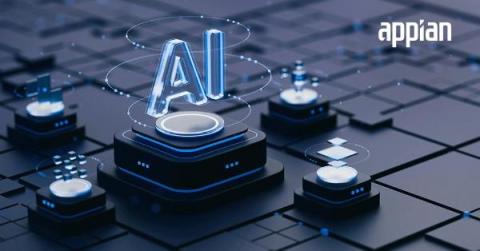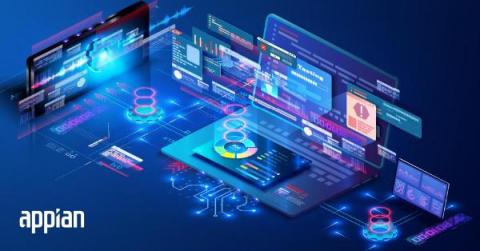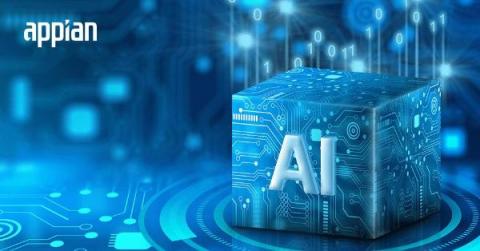Power End-User Computing the Smart Way
In January 1983 the computing world changed forever: Lotus 1-2-3 was released. This early spreadsheet program for IBM PCs ushered in the modern business computing environment by providing business users with a way to take ownership of their own solutions. Instead of relying on the IT department, users could use 1-2-3 to build applications by themselves, ushering in the era of end-user computing (EUC). Fast forward to today, and end-user computing is as popular as ever.











